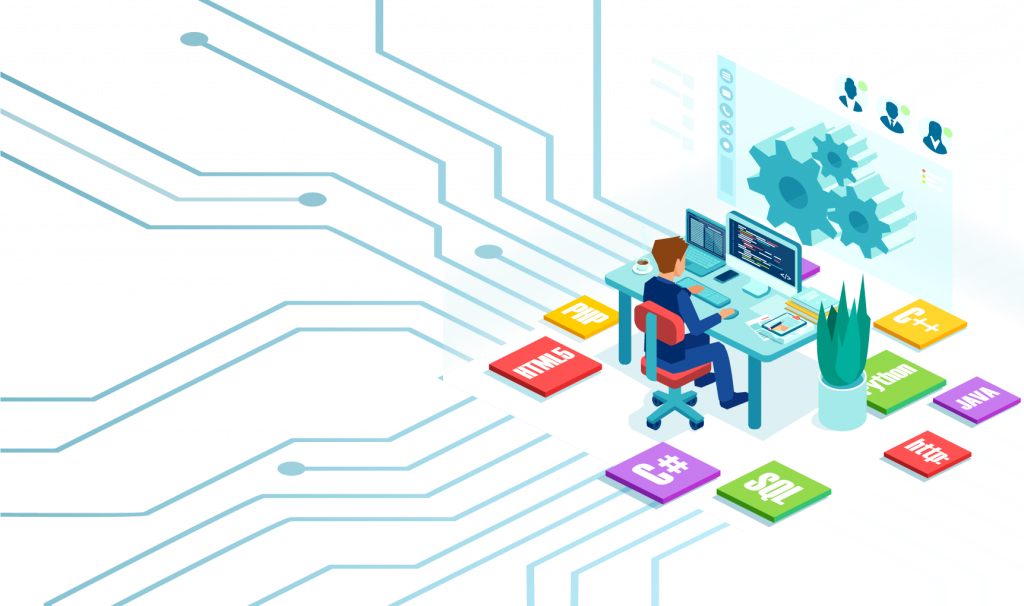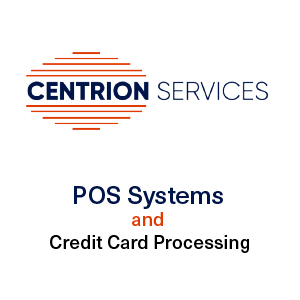Computers: Eighty Years In The Making
The early computers were significantly similar and massive. These early computers were called mechanical computers. They occupied a lot of space and weren’t very energy efficient. This led to the next stage in the evolution of computers: the electromechanical computer. While this might sound slightly more modern, these computers still included many mechanical elements. The only significant difference was that they took up less space than their bulky predecessors. Most electromechanical computers weren’t programmable. Then came the Zuse Z3 (1941), an electromechanical computer that could be reprogrammed to do different calculations. However, the first fully programmable computer was the Electronic Numerical Integrator and Computer (ENIAC), developed by J. Presper Eckert and John Mauchly at the University of Pennsylvania between 1943 and 1946. This computer was the start of the exponentially growing industry. This journey to build computers is said to have taken over 80 years and included the collaboration of multiple scientists, engineers, and intellectuals.
These days, computers are found everywhere, from phones to cars and even household appliances! All these computers have one thing in common: they have been programmed to do what they do. Programming is a way to efficiently communicate with a computer. A programming language is what programmers use to talk to a computer. A programming language makes it easier to communicate with a computer since it does not require programming with ones and zeros. A computer can only understand ones and zeros. Programming languages are translated using a compiler/interpreter. This translation turns the code from a programming language into ones and zeros so that a computer can understand it. There are multiple programming languages and each of them have their uses.
Programming in Action
Web Development
Web development has a basic structure: front-end and back-end. Front-end development is the visual aspect of the website–the things a user interacts with. The back-end is where all of the critical processes and data storage is performed. These aspects of a website can be made using programming. The most popularized programming language for web development is JavaScript. With JavaScript you can do both front-end and back-end development. JavaScript has a lot of frameworks and libraries that make the coding experience much easier for developers. However, countless programming languages support web development. Also, programming languages can be used in collaboration to achieve something. Most of the programming languages out there are specialized in doing something. Frameworks and libraries can help programming languages complement each other. For instance, JavaScript is sometimes used for the front-end and Python for the back-end of a web application. Developing mobile applications is similar, and Swift is the most popular development language for iOS apps. Similarly, For Android, there is Kotlin.
Video Game Development
Video game development might sound fun, but it requires an understanding of some complex topics in both mathematics and physics. Game development has been a part of programming since the very beginning. Matter of fact, video games were developed before web applications. Similar to building web and mobile applications, video game development supports multiple programming languages. Some popular ones include C++ (c-plus-plus) and C# (c-sharp). Game development with C++ and C# usually uses a game development engine like Unity or Unreal Engine. A game development engine makes it easier to develop games by providing the necessary tools, extensions, and assets.

Automating the Mundane and Making Sense of Data
Automation, in the sense of programming, is simply defined as making a task easier requiring less human interaction. Automation can help do daily digital tasks that are usually tedious. An example would include filling out a spreadsheet online based on some data. Furthermore, with automation, you can build an automated stock trading algorithm that trades stocks effectively. An algorithm of such would do this by analyzing stock data and doing some complex calculations to predict future prices.
Programming helps immensely when it comes to data analytics. Python is the most efficient and popular. There are plenty of libraries in Python that help with data analysis. Using Python, data can be cleaned up and sorted to one’s liking. Furthermore, programming enables you to build some brilliant visualizations and reports on the data.
Robotics: Bridging the Gap Between Hardware and Software
Programming is essential in robotics as it allows robots to do complex tasks, such as decision making. Similar to all the applications of programming above, multiple programming languages support implementation in robotics. This implementation refers to the programming language’s ability to use information from the hardware components of a robot and make decisions based on it. This information from the robot’s hardware can be any kind of output coming from a sensor or other hardware. Using the input, a robot can be programmed to execute an action.
Powering Artificial Intelligence
People are now rather fond of artificial intelligence. Artificial intelligence (AI) is used in different forms all around the world in today’s age. Artificial intelligence has been around for a while now. Its journey first sparked in the early 1950s. AI has grown slowly in its early stages, but now it seems to be growing at an exponential rate. AI learns through algorithms and data. These algorithms analyze and interpret the data to find relations. This is a repetitive process and, usually, the more it is trained, the better it is at its job. For instance, a popular machine learning algorithm is the neural network. The neural network is an algorithm that is based on the structure of the human brain. It can learn by adjusting the weight biases in its neuron-like connections. AI has been making revolutionary breakthroughs all around the world. All this AI development can be done using the power of programming and computers.
Conclusion
There is a lot more that can be done by harnessing the power of computers and programming. Computers and programming will continue making a powerful, positive impact on society. There are countless things to learn about computers and plenty of resources to help with that. The future of AI seems uncertain, but in contrast, there certainly is a high demand for computer-related jobs.
Read more articles related to STEAM topics on our Zealousness blog STEAM – iN Education Inc. (ineducationonline.org).





















